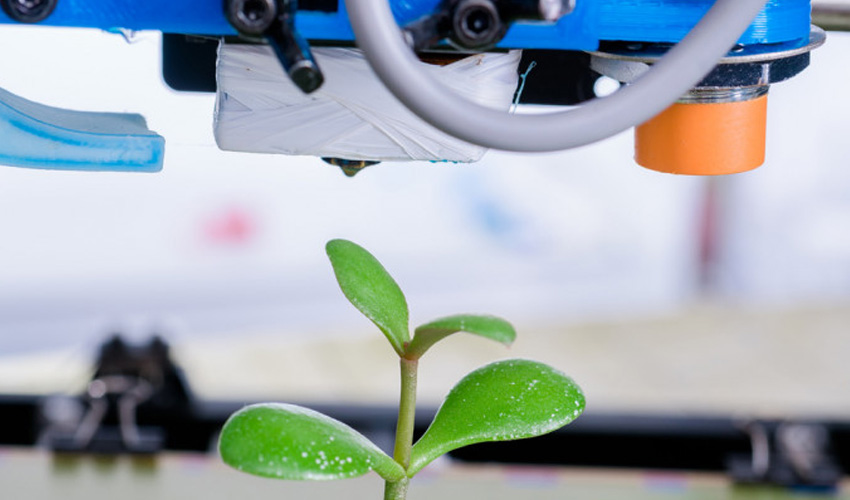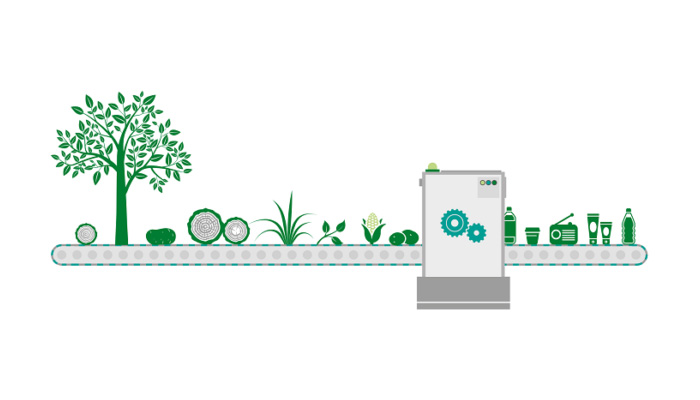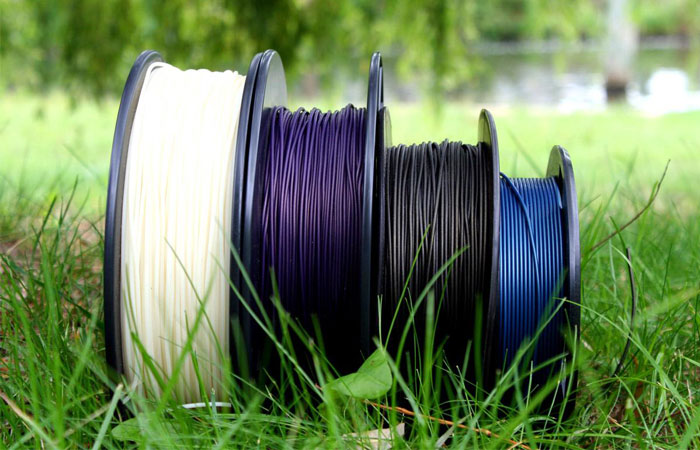Is 3D printing a sustainable manufacturing method?

Yale University in the United States regularly publishes its “Journal of Industrial Ecology” in which the impact of the industry on the ecology is analysed, this year it has been focused on 3D printing. In collaboration with researchers from MIT and the University of Nottingham, they delved into existing studies. The conclusion about whether it is a sustainable manufacturing method is clear, we must moderate the enthusiasm generated by 3D printing with respect to its “spectacular” environmental impact. Taking into account all the components of additive manufacturing, from the use of raw materials to waste management.
Different environmental initiatives have been developed in regard to 3D printing that accelerate the recycling of plastic waste. We know some developments such as Precious Plastic, which develops recycling centers in different countries or Plast’if that seeks to recycle plastic waste from the offices. But is this enough?
Professor Tim Gutowski, who works in mechanical engineering at MIT, explains, however, that the quantitative analysis of the environmental performance of 3D printing is limited. Much of this study focuses solely on the energy used during production, rather than the impacts of raw material production, product use or waste management. To overcome this lack, Yale University, MIT and the University of Nottingham have carried out more studies.
A sustainable manufacturing method?
According to Professor Gutowski, there are today two key elements that have given 3D printing this quality of being green technology. Leading to it being considered as a sustainable manufacturing method. First, it reduces waste. Unlike subtractive manufacturing, 3D printing uses only the material it needs when layer by layer is added. Thereby securing that that we have much less waste. In addition, it is capable of reusing plastic waste. Converting it into printing filaments and creating new products, such as the OWA filament range.

A more sustainable manufacturing
The second key point concerns the accessibility of 3D technologies. Manufacturers can now produce directly in the company, which reduces logistics and travel issues.
Professor Gutowski commented that it is often said too quickly that additive manufacturing is safe for the environment. But several things have to be taken into account. First of all, you have to think, in 3D printed media. They are often important: “These supports cannot always be reprocessed back into raw materials. It also is important to consider whether the plastics, metals, or mixed materials used in parts made with additive manufacturing can be recycled.“
Yale University suggests that 3D printing on demand and rapid prototyping can potentially lead to an increase in the number of disposable consumer products. A point that does not necessarily go in the direction of a healthier environmental impact, even if we see that filaments based on hemp or biodegradable PLA grow more and more.

More consumables manufacturers are developing recyclable filaments
Environment and 3D printing: VOC emissions
The researchers also discussed the release of volatile organic compounds (VOCs) associated with 3D printing that can be dangerous in closed work spaces. Although most manufacturers are fighting against this, some machines release toxic nanoparticles; however, researchers believe that it is easy to take the necessary precautions. There are already some solutions in the market for this, such as the one offered by the Zimple company.
In conclusion of the research, Professor Gutowski reiterates the innovative capabilities of 3D printing as a sustainable manufacturing method. Reaffirming that it is a method that liberates creativity and offers more performance to the industry. However, there are some indirect disadvantages to the environment that are also related to the use of subtractive processes.
The professor is convinced that additive manufacturing is an additional tool to traditional methods , not a substitute. “While some 3D printing applications may not be environmentally desirable, there are many opportunities for improvement that have not yet been pursued.”

Filaments have also emerged from recycled materials, such as hemp, cork, coffee etc.
What do you think of 3D printing as a sustainable manufacturing method? Let us know what you think in a comment below or on our Facebook and Twitter pages! Don’t forget to sign up for our free weekly Newsletter, with all the latest news in 3D printing delivered straight to your inbox!






